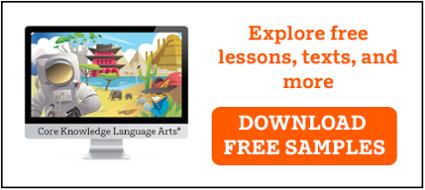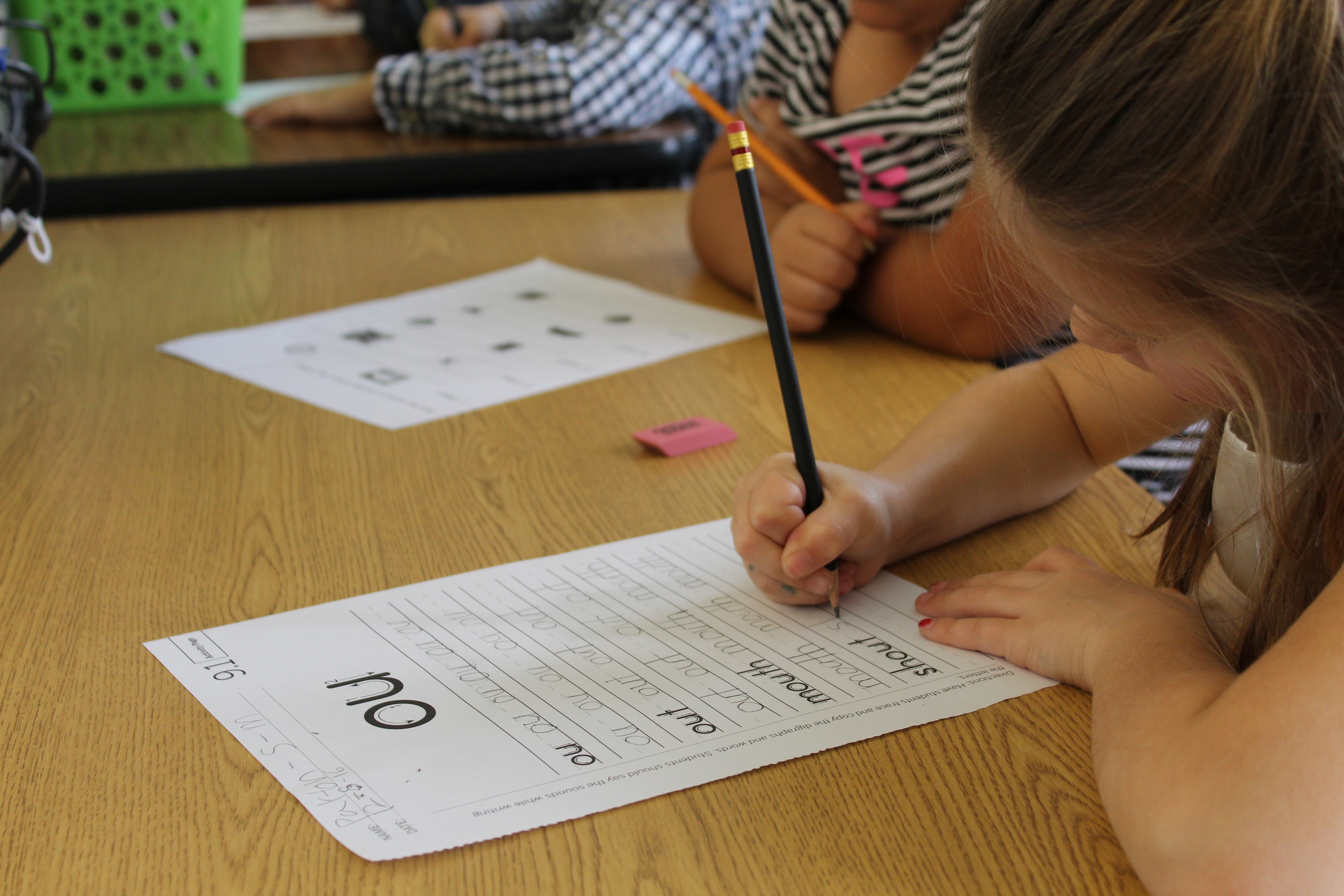This post is published with permission from the Core Knowledge Foundation, Amplify’s thought leadership partner for the Core Knowledge Language Arts (CKLA) program.
By Marilyn Jager Adams
Marilyn Jager Adams, a visiting scholar in the Cognitive, Linguistic and Psychological Sciences Department of Brown University, is internationally regarded for her research and applied work in cognition and education, including the seminal text Beginning to Read: Thinking and Learning About Print. This post, which originally appeared on the Shanker Blog, is adapted from Literacy Ladders, an anthology of articles on early childhood literacy learning.
********************
Through language, novel concepts are communicated in the form of novel combinations of familiar concepts. That is, new concepts and the meanings of new words can be verbally explained only in terms of known words. Sometimes a new word can be adequately explained by comparing and contrasting it with familiar concepts (e.g., a mayfly looks like a giant mosquito but it is harmless). Otherwise, we must define the word by decomposing it into familiar concepts and then piecing together the whole. Either way, the usefulness of the effort depends on the familiarity of the supporting concepts we offer.
Yet the role of prior knowledge runs far deeper. The core definition of a word is only a tiny fragment of the meaning that makes it useful in understanding language. Neuroimaging confirms that the full meaning of a familiar word extends broadly through the mind, including associations to every trace that your experience with that word or its concept has left in your memory. For instance, your full knowledge of the word “apple” extends to the traces in your memory of the many apples in your life and how they have looked, felt, tasted, smelled, or sounded (e.g., when you bit into, dropped, or sliced them); of where you were and what else and who else was there with each apple; of picking apples, peeling apples, and bobbing for apples; of cider, apple pie, caramel apples, and Waldorf salads; of apple trees, teachers’ apples, and poison apples; of “rotten apples,” “apple-cheeked,” “apple a day,” and the “Big Apple;” of Adam and Eve, William Tell, George Washington, Steve Jobs, the Beatles, and so on. The more strongly or frequently any such association has been tied to the apples in your life, the more strongly it dominates your overall concept of an apple. But all of your experiences, be they direct or linguistic, are there — waiting to be activated and used in making sense of “apple” the next time you see or hear the word.
When you encounter “apple” in conversation or text, it will automatically activate its entire, extended complex of associations in your mind, and the same thing happens when you encounter each successive word in the sentence. As the associations tied to each ensuing word in the sentence become activated, subsets of knowledge from different words that overlap effectively become “superactivated.”*
Alternatively, consider what happens if — whether due to vocabulary or reading difficulties — you cannot recognize a word at all. What you lose is not just the meaning of that particular word, but also the work it was supposed to do in providing context and precise meanings for the other words around it. In between — to the extent that you recognize the word but have scant knowledge of its meaning and usage — your understanding is commensurately impoverished.
In other words, knowledge is the medium of understanding and therefore of reading with understanding.
For the complete blog post, please visit the Core Knowledge blog.
Share this post


.png)

